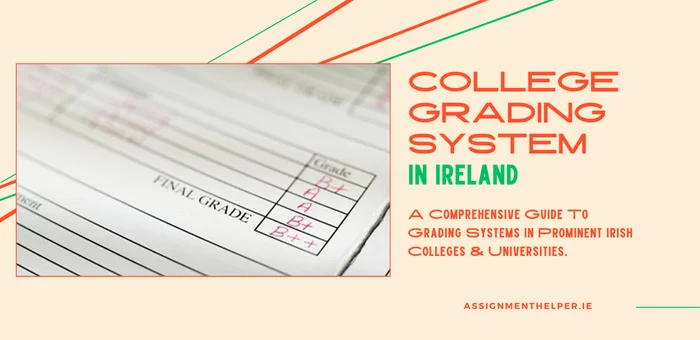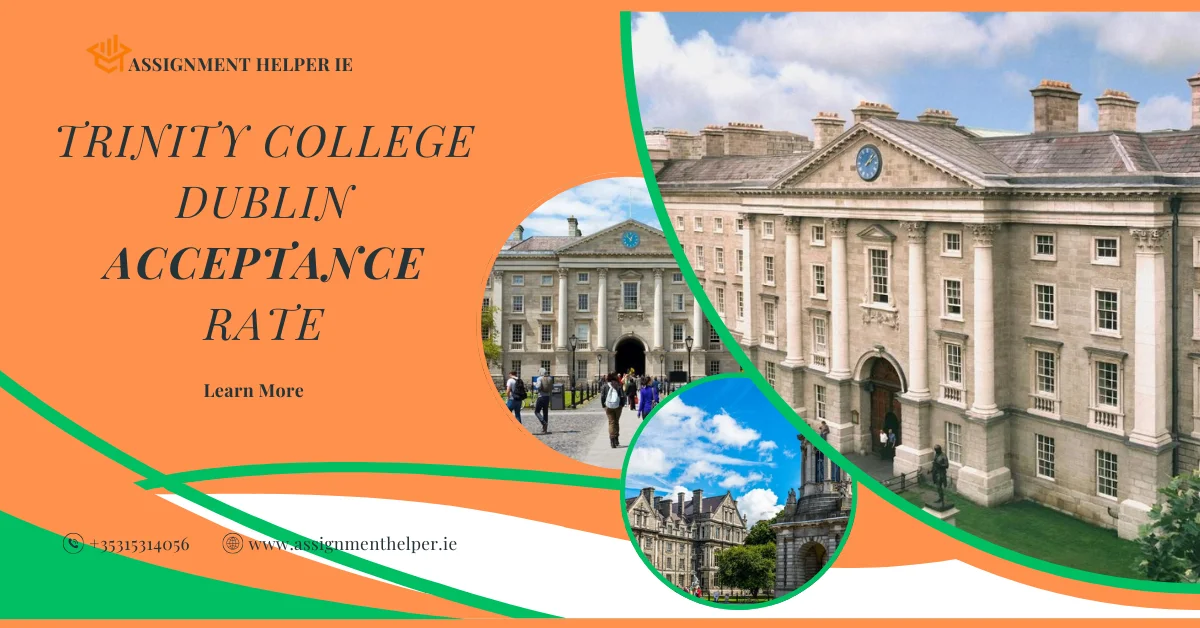Difference Between Integration and Inclusion
The topic of integration and inclusion for students with special education needs (SNE) has become the trendiest topic for discussion. You will notice people discussing it almost everywhere in Ireland, whether online or offline.
Educational authorities, educators, students, and parents are arguing over the significance of both variables. While integration has been within Irish academic settings for ages, inclusion is taking a lead over it.
If you don’t have an idea about the difference between integration and inclusion in this regard, read on to this blog. You will not only find out what distinguishes them but also become aware of which one is more valuable.
Table of Contents
What is Integration in Special Education?
Integration in special education in Ireland refers to physically or mentally challenged students accommodated within standard schools. Pupils themselves have to adapt to the environment to study and thrive. The institute itself doesn’t make any specific changes.
In this type, they have limited interaction with other pupils. They may attend only a few classes together and may separate for the ones that need additional support. Special Needs Assistants (SNAs) or resource teachers may assist, but their help is outside the main class activities.
The overall goal of this format is to physically or mentally challenge learners’ physical presence in mainstream academic classes. It doesn’t contribute meaningfully. If you’re unable to compare these features in your homework properly, buy assignments in Ireland. Hire an esteemed Irish-based agency to get a well-made paper with the best-ever comparative approach.
Opportunities:
- It provides opportunities for learners to interact within standard classroom settings.
- It boosts awareness among institutions regarding how they need to accommodate the diverse needs of learners in the future.
Challenges:
- It may lead the pupil to isolation if can’t keep up with the mainstream class setting. This can affect their mental health even more, causing self-doubt, insecurity, anxiety, and depression.
- Teachers may also not be adequately aware of how to deal with special learners. Educators may unintentionally be unjust towards them.
What is Inclusion in Special Education?
Inclusion is a broader and more panoramic approach to the education system. It aims to create an environment where all types of students can learn and grow, despite the mental or physical differences. It ensures that everyone engages equally.
It focuses on adjusting the educational premises to accommodate diverse students’ needs. It involves the entire academic community, including students, educators, staff, and parents. They all collaborate to make the environment welcoming for all learners.
Every aspect of the curriculum is adapted to inspire learners’ engagement, from teaching methods to materials and assessments. Educators also receive specialized training regarding how they can interact well with tutees and make them comfortable. They gain valuable insights that allow them to engage all within the classroom settings.
The goal of inclusion is to promote the active participation of specially challenged learners in all curricular and extracurricular activities.
Opportunities:
- It encourages equality and a sense of community among all students, despite the differences.
- Learners become more polite, empathetic, and respectful towards one another.
- The personalized support allows everyone to learn and grow at the same level, ensuring no one goes behind.
Challenges:
- Inclusive demands a massive need for resources, including training, funding, and staff support.
- This requires a mindset shift but is not fully in action today. While inclusion is attractive, its implementation will take a long while.
Key Differences Between Integration and Inclusion
| Feature | Integration | Inclusion |
| Focus | Incorporating students into mainstream classrooms without making proper adjustments for them. | Creating an inclusive and supportive environment within the classroom where everyone gets inspiration to learn and prosper. |
| Duty of Teachers | Their role is to stick to the general curriculum. | Their role is to engage with all learners justly and make them participate within the academic premises. |
| Role of Students | Pupils themselves have to adapt to the classroom environment, curriculum, and other activities. | The classroom adapts according to the learners, making them feel inclusive and appreciated. |
| Level of Support | Limited assistance facilities. | A broad array of assistance is available, from therapy to technological and specialized teaching. |
| Curriculum | Pupils with disabilities are expected to study the same as healthy ones, without enough facilities or aid. | The curriculum adjusts to accommodate special learners. |
| Objective | To integrate pupils within the standard classroom settings. | To make all learners, including the mentally or physically challenged ones, feel valued, appreciated, and welcome. |
The Current State of Special Education in Ireland
The Irish government is making significant changes in the education sector to increase its quality and outcomes. Ministers realized the importance of promoting inclusivity over integration. While the process is slow, they are taking conscious actions by making the right changes in policies, resources, and training.
The authorities initiated the Education for Persons with Special Education Needs (EPSEN) Act 2004. It was an important step towards emphasizing inclusion for all types of pupils and making the academic environment positive. This revolution is gradually gaining victory over integration in the education system of Ireland today.
Besides, many online assignment assistance providers offer services to undergraduates with SENs. Any experienced and reliable Irish assignment helper will provide 100% customized help at an economical price, allowing undergraduates to ace.
Steps Irish Education Ministry is Taking to Integrate Inclusion:
The Irish ministry has been making many amendments and progressing towards inclusion since 2004. They are gradually employing more Special Needs Assistants to accommodate challenged learners. SNAs receive specialized training to understand those pupils. Ultimately, they learn effective ways to deal with everyone within their class and ensure no one stays behind.
Another step is the continuous recruitment of teachers specializing in SEN work. The government prefer to recruit educators who can efficiently teach pupils individually or in a group. This ensures only credible professionals perform within their respective roles to ensure the fulfillment of educational responsibilities.
Various policies are being implemented, such as those of the National Council for Special Education (NCSE). Their purpose is to offer valuable guidelines and necessary resources to educators and institute staff. It enables them to make the academic settings have everything required for all undergraduates to excel.
What is the main difference between inclusion and integration in the Irish education system?
Integration in the Irish education system expects students with special needs to adjust themselves and study, along with others. On the flip side, inclusion makes the academic environment accommodating and welcoming for everyone. It aims to fulfill each pupil’s personalized needs so that they learn at their own pace and grow together.
What is a common example of inclusive education?
An inclusive classroom that accommodates students of all learning preferences and ability levels. For instance, the class may contain pupils with auditory, visual, and other disabilities, along with healthy ones.
What are the major barriers to inclusion for students with disabilities?
Attitudinal, physical, communication, policy, and institutional barriers are the major barriers. Unconscious bias is also constituted within them.
Why Inclusion is Preferred over Integration in SEN?
We have finally discussed all the differences between integration and inclusion. Hopefully, you would have clearly distinguished both variables. Now, you’re ready to participate in discussions about these important formats.
Always remember that integration expects students with SENs to adjust in mainstream classrooms while inclusion allows classes to adjust themselves for learners. Pupils have to put more effort into the first format, whereas teachers have to work harder in an inclusive environment. While both variables have their distinctive differences, inclusion is a better option to offer prosperous academic opportunities to all learners. Though it is not practiced much today, Irish educational authorities aim to normalize inclusivity in the future.




